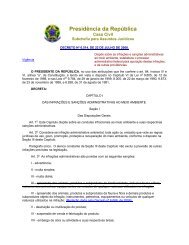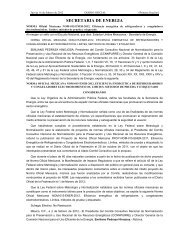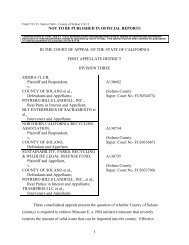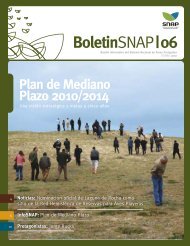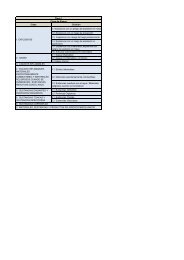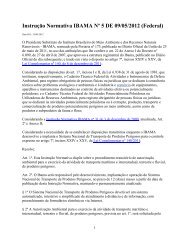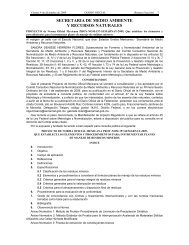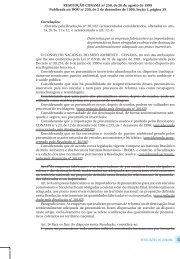OceAn science OceAn science OceAn science
OceAn science OceAn science OceAn science
OceAn science OceAn science OceAn science
Create successful ePaper yourself
Turn your PDF publications into a flip-book with our unique Google optimized e-Paper software.
Necessary Tools<br />
Meeting the broad requirements necessary to reduce hazard impacts and increase hazard<br />
resilience will require continued expansion of existing observational systems, data-delivery<br />
systems, and modeling capabilities at regional, national, and global scales. Sustained and<br />
integrated marine and coastal observations, including technological improvements in remote<br />
and in situ sensing of multiple time-sensitive parameters (oceanographic, geophysical,<br />
hydrological, chemical, biological, geographic) are required. Comprehensive geospatial<br />
characterization combined with sustained and reactive deployment modes of operation<br />
are required to acquire baseline (pre-impact) and post-hazard data. Deployments must be<br />
capable of assessing diverse hazard processes and impacts, such as coastal and inland inundation<br />
and water quality. These deployments would support development of improved<br />
models of, for example, storm evolution and coastal response. The capability to provide<br />
up-to-date characterization of coastal vulnerability and pre-storm conditions (including<br />
topography and bathymetry, land-use/land-cover, monitoring of riverine and coastal water<br />
levels) must be maintained.<br />
Multi-hazard assessments will require information infrastructure supporting development<br />
of an “all-hazard” GIS resource with defined standards supporting information<br />
integration and application. Advanced computational resources and the establishment of<br />
community computational standards are required for data-assimilation systems, coupled<br />
land-ocean-atmosphere models, and data management and delivery systems. The design<br />
and implementation of robust, reliable, and widely available notification systems will help<br />
enable more effective communication of warnings.<br />
Research communities that address hazards currently focus on single hazards, single elements<br />
of the hazard cycle (e.g., generation, impact, policy), or single research disciplines<br />
(e.g., physical, ecological, social, and engineering <strong>science</strong>s). These diverse communities<br />
must be coordinated and integrated to inform and evaluate mitigation strategies with the<br />
broadest consideration of costs and effectiveness (i.e., on economic, sociological, ecological<br />
levels). An integrated approach will lead to more effective translation of research results<br />
and development of tools for informed and comprehensive decision-making.<br />
22




